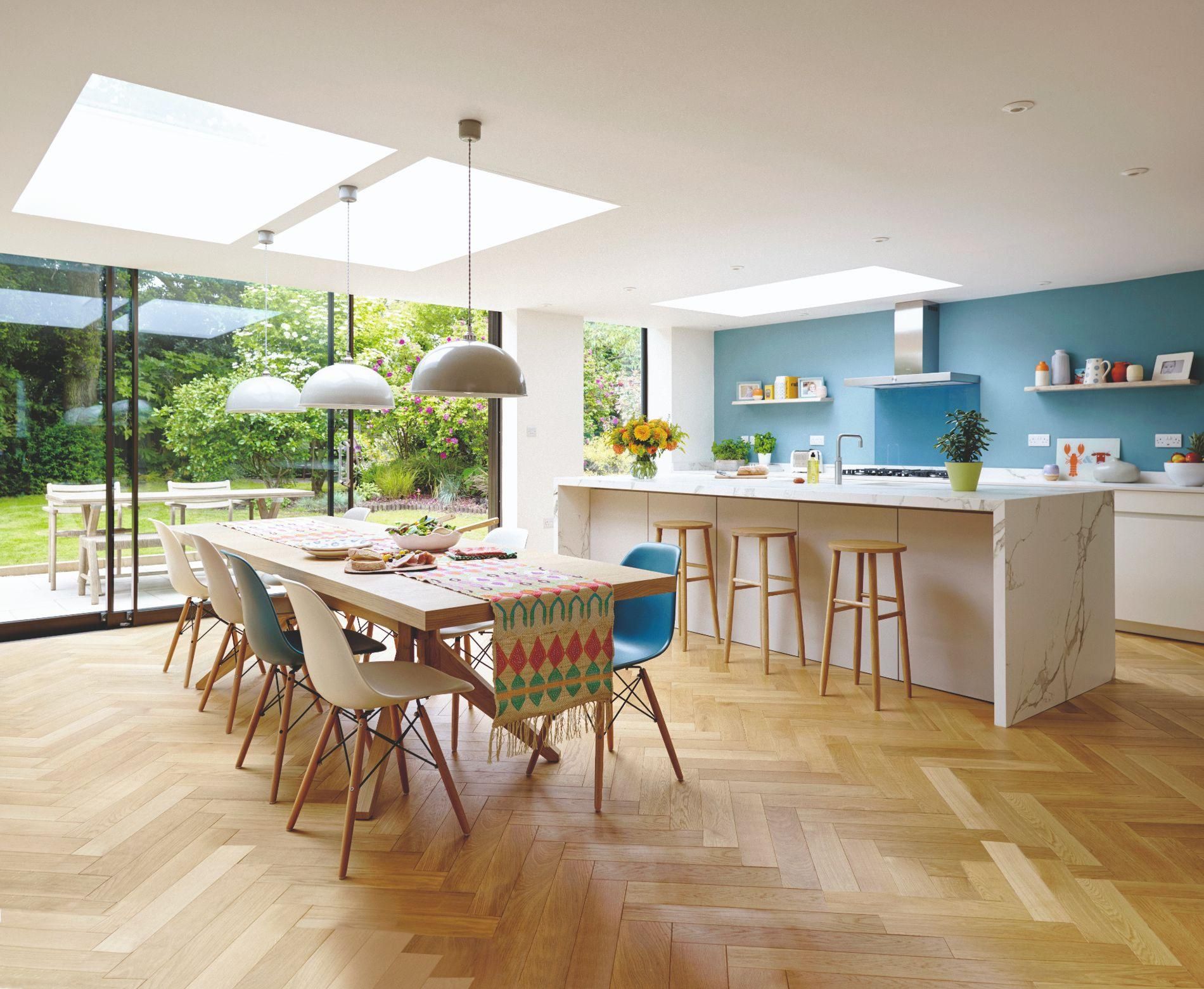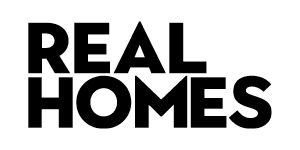Stand Fitting Regulations
- All advertising and logos must be within the specified height limits and must not be sited on back of dividing walls, especially where they overhang an adjoining stand.
- All stand structures, signs, exhibits etc. must be contained within the area allotted and may not project into or over the gangway.
- If you have a shell scheme stand, all exhibits and stand fitting material must be contained within your shell scheme stand.
- All painting on-site must be carried out with water-based paint. Finishes having oil or cellulose base are not permitted to be applied on-site.
- Artificial flowers are highly flammable and give off toxic fumes. These must not be used for stand dressing.
- All stand structures must be completely self-supporting. Suspension may not be made from the roof of the exhibition halls, nor may any fixing be made to the structure of the building. Nothing may be drilled, attached or bolted to the hall floor.
- It is the responsibility of the exhibitor to examine the site allotted pre-show in order to avoid costly adjustments to stand structures from any building obstruction or pillars, for which the organisers cannot accept any responsibility.
- All solid timber under 25mm thick must be impregnated (pressure process) to CLASS 1 flame-resistant standard. Boards, plywood, chipboard etc. must be treated in the same way if they are under 18mm thick. Solid timber over 25mm thick need not be treated. All such treated timber must have BS476 CLASS 1 marked on them.
- Plastics used for construction and display purposes (including exhibits) must conform to BS478 Class 1 Fire Regulations. Lexan and Macralon are acceptable. Perspex must not be used. Polycarbonate is widely used for clear sheeting.
- Textile fabrics used for interior display purposes on the stand must be flameproof or purchased already treated by use of the approved chemicals in accordance with BS5438 and BS5852. Textile fabrics used for interior decorative purposes must be fixed taut and / or in tight pleats (not draped) to a solid backing and secured at least 50mm above floor level to avoid a trip hazard, not touching light fittings or other heat sources.
- On Space Only stands, the name and stand number of the company exhibiting must be displayed prominently on each side of the stand.
- All work must be carried out using non-flammable material.
- The Organisers may, at the expense of the exhibitor, remove or alter anything in, on, or forming part of any stand if, in their opinion, it is desirable to do so in the interests of the exhibition.
- The design of the stand must be such that it can be erected and dismantled within the time available.
- All doors must have a clear window (min size 250mm x 250mm). If being used by visitors, the door must be min 800mm wide and give a zone of visibility between 900mm and 1500mm above floor level.
- All glazing used in the construction of stands must be safety glass. It must comply with the current UK Building Regulations and relevant British Standards, including BS6206 and BS6262. Any uninterrupted, large areas of clear glazing shall be indicated so as to be readily apparent (for example by warning stripes, dots or logos). Overhead glazing shall be of wired or laminated glass, or be otherwise adequately protected from shattering.
- Exhibitors are responsible for ensuring their stand contractor employs safe working practices and are aware of their responsibilities under the Health and Safety at Work Act.
- Lone working, especially after-hours, is not permitted on-site. All persons must have a colleague to assist them where suitable.
Stand Fitting Regulations - Space Only Sites
Please also refer to:
- Complex structures
- Contractors
- Electrical installations
- Equality Act
- Height restrictions
- Health and safety
- Stand fitting regulations above that apply to all stands within the exhibition
If you have a space only site at the show, you have a legal obligation to build your stand to the required standards as outlined by the Venue, Organiser and Local Authority regulations, some of which are outlined below.
- Space Only sites are not provided with any walling. On divided sites, exhibitors are responsible for erecting their own walls. Exhibitors may not use the back of other stand walls without the consent of that Exhibitor concerned. Such walls must be a minimum height of 2.5m and the walls must be dressed above 2.4m to a maximum height of 4m.
- Solid runs of stand walls along gangway edges are forbidden. All stands, irrespective of height, must have at least 50% of each frontage either open or fitted with (approved) transparent material with no more than a 4m continuous run of solid walling. Please take neighbouring exhibitors into account when designing your stand.
- Platforms - the provision of a platform may be regarded as necessary in order to cover some electrical installations and is the responsibility of the exhibitor. The general height of the platform should be no more than 100mm.
Open corners of stand floors and platform shall be splayed, rounded or angled, if not protected by heavy exhibits, to avoid sharp corners and tripping hazards. Platform edges must be fully highlighted and the use of the platform must be included in the Risk Assessments.
Due consideration must be given to the needs of disabled visitors. If a platform exceeds 38mm, it is recommended you incorporate a wheelchair access ramp. If a ramp is included the gradient must be no greater than 1:12, the ramp must be a minimum of 1m wide and be in a contrasting colour to the rest of the stand floor. It is also recommended that handrails be applied to either side of the ramp to assist the less mobile and prevent slips/trips.
If a ramp is not practical or safe, then exhibitors must ensure that compliance measures to the Equality Act are included in the open period Risk Assessment e.g products clearly displayed on the perimeter of stands, a portable ramp is available for use if required, stand staff are trained to understand the needs of the disabled and allow more time to deal with them, hearing loops available, seating with arms is provided, large format print etc.
Details of ‘super platforms’ (at a height of 600mm or more) to which persons have access must be submitted to the Organiser for approval of the Authorities. Please note that this is classified as a complex structure, therefore notification must be sent to Matthew Lambert at Maelstrom Event Solutions no later than 24th August 2018 including full structural calculations.
The flooring must not be less than a nominal 25mm thick. Platforms must be of a strength and stability to carry and distribute the weight of stand fittings, exhibits, stand personnel and visitors having regard to the live loading limits of the floors.
- Branding is not permitted on the back of walls overlooking neighbouring exhibitors. Should there be a query regarding this onsite, the Organisers' decision is final.
- All speakers are to be positioned within the boundaries of the stand and angled so that they face inwards towards the centre point of the stand. Noise output will be monitored on-site and the Organisers reserve the right to terminate any display causing a nuisance.
- Barriers are required to protect exposed edges of stairs, landings, balconies and other changes of level exceeding 380mm.
Fire Safety
Exhibitors must adhere to the Local Authority and Fire Brigade Regulations.
Any goods on your stand must be Class 1 (B.S. 476) fire retardant and will be subject to the following regulations
See also Stand Fitting Regulations
Timber used in stand construction and displays
All timber under 1" thick must be impregnated (pressure process) to Class 1 standard. Boards, plywood, chipboard, etc., must be treated in the same way if they are under 3/4" thick - timber over 1" thick need not be treated. Treated boards will have BS476 Class 1 marked on them.
Plastics
Plastics used for construction and display purposes (including exhibits) must conform to BS476, Part 7/Class 1 Fire Regulations. Perspex must not be used; other polycarbonates or plastics that comply with BS476, Part 7/Class 1 can be used instead (Lexan and Macrolon are examples of acceptable alternatives).
Fabrics used in display
Textile fabrics used for interior display purposes on the stand must be flame proofed or purchased already treated by use of the approved chemicals, in accordance with BS5438.
Certain fabrics need not be proofed i.e. wool, twill and felt.
Textile fabrics used for interior decorative purposes within stands must be fixed taut and or/ in tight pleats (not draped) to a solid backing and secured 3" above floor level, not touching light fittings.
Stand dressing
Artificial plants and flowers are combustible and give off toxic fumes and must not be used for stand dressing. Silk type flowers are acceptable provided they have been fireproofed to BS476 (part 7) and are thus marked.
Gangways
The gangways used in this venue are the minimum permissible in law. Under no circumstances will exhibits, stand dressings, tables etc., be allowed to encroach into gangways. Offending items are liable, without warning, to be removed.
Storage
No excess stock, literature or packing cases may be stored on or around your stand.
Naked Flames
Naked flames or flammable liquids are only permitted if they are part of the product being exhibited and only at the discretion of the Venue's Fire Officer. A full Fire Risk Assessment must be carried out by a competent person on behalf of the Exhibitor, and all safety control measures so required must be in place at the show and the Venue Fire Officer notified. The Organisers must be notified at least 14 days prior to the tenancy, and permission gained in writing.
Covid-19 transmission - exhibitor duties & responsibilities
Future Publishing and The Homebuilding & Renovating Show take their responsibilities very seriously when dealing with this disease. As organisers we have taken numerous steps to ensure the overall show has the necessary measures in place to manage the risk of transmission.
The first step is to carry out a COVID-19 risk assessment which will identify the hazards, their risk and the control measures that you will need to minimise the risk and successfully exhibit.
There is already a useful risk assessment template on this which has been produced by the HSE and can be found on the following link - www.hse.gov.uk/coronavirus/assets/docs/risk- assessment.pdf.
Once completed you will need to submit this risk assessment so that we can check this in line with all of the measures we, as organisers, are putting into place. These should be sent to info@maelstromeventsolutions.co.uk
This guidance is correct at the time of writing this document, however, given the constant research and new guidance please note that these are liable to be updated quickly and on an ad-hoc basis. Please ensure you stay up to date with the latest messaging and guidance from government.
COVID-19 – The Key Messages
- Stay At Home Guidance - Please ensure that all of your staff and contractors are informed of and follow the ‘stay at home’ government guidance. This should be for individuals who have symptoms of COVID-19, live in a household or are in a support bubble with someone who has symptoms, and those that have been advised to self- isolate as part of the government’s test and trace service.
- Risk Assessment – a risk assessment assessing COVID-19 must be carried out for your activities at the event.
- Social Distancing – wherever possible a 2m gap should be maintained. Where this distance is reduced to a minimum of 1m further mitigation measures should be considered and written into your risk assessment.
- Enhanced Cleaning and Hygiene– Enhanced cleaning and hygiene is essential for you, your staff and those that may come into contact with you during the event.
- Detect – you should be fully aware and informed of all of those people associated with your stand build as well as the staff manning your stand. These details may be required as part of the government’s test and trace scheme.
- Communication – it is essential that you establish how you will communicate any COVID-19 specific messaging to visitors. Likewise consideration needs to be given to ensuring your staff are kept fully informed and reminded of your risk assessment and policies.
- Protect – Consider what PPE may be required or indeed whether separation screens are required. Additionally, what will be your processes if symptoms occur or somebody has to self-isolate.
Some guidance is shown below which we would consider minimum standards for you to adhere to, however they are not considered to be an exhaustive list. By conducting your own risk assessment you will determine the measures that are right for you.
COVID-19 PRE-SHOW PLANNING
STAND DESIGN
- Stand design should be considered to ensure maximum social distancing is permitted.. How are you controlling this space to ensure you do not become overcrowded?
- The stand should be designed so that it can be as modular as possible. This means it can be constructed in such a way that the majority of the build can be conducted off site, ensuring that you limit the amount of time needing to be spent on site building it.
- Are there any planned meeting areas on your stand. These should be designed in a way to ensure social distancing and protection against spread. Do you need screens to separate people who are meeting?
- Ensure that you pre-book as much as you possibly can. Try to minimise the amount of movements away from your stand during the show.
STAND MATERIALS/ PRODUCTS
- When thinking about furniture can you order items that are not fabric to ensure they can easily be wiped clean.
- Consider the amount of promotional products/ literature you require on site. This should be kept to an absolute minimum and where possible digital methods should be used.
- How are your products/ stand materials being delivered to site? Consideration should be given to ensure that these are only delivered when required. You will be strictly asked to keep all items on your stand space at all times to help with social distancing.
- If you do need to deliver everything/anything prior to being able to accept it all on to your stand area, please contact the official event freight supplier to discuss opportunities for storage.
- Think about the signage that you will need to position around the stand to support your approach to managing the risk of COVID-19.
CONSTRUCTION ACTIVITIES
- What is the least amount of time that your stand can be built in safely? Speak with the organisers and agree times that you can build and breakdown your stand in a way that eases congestion and helps keep the people on site at any one time to a minimum.
- It is vital that you brief all of your staff about the Site Rules and Regulations. These should be briefed in advance of coming on site.
- When planning your construction activities consider back-to-back or side-to-side working (rather than face-to-face) wherever possible.
- All construction activities should be kept to a minimum and the stand designed to keep the number of people needed to build the stand to as few as possible.
- Please note the details in the timetable which indicate when you can arrive on site to setup. Please ensure that you stick to these timelines so everybody is able to social distance.
HOSPITALITY
- At this time we would advise against any formal hospitality arrangements on your stand such as drink parties etc.
- Any giveaways should be available pre-wrapped and dispensed in such a way that ensures the least amount of people touch the item.
PPE
- PPE is considered as the lowest level of mitigation measures which should only be considered if the risk cannot be managed through preventative measures such as social distancing and hygiene regimes etc.
- Consider the use of PPE across all phases of the event as part of your risk assessment and provide it as necessary within your stand space. Remember that individual pieces of PPE should not be used by multiple people without adequate cleaning in between.
- If your risk assessment does show that PPE is required, then you must provide this PPE free of charge to anyone who requires it within your stand boundaries. Any PPE provided must fit properly.
BUILD UP AND BREAKDOWN
- No persons should come to site who have any of the recognised symptoms of COVID-19. Please ensure that all of your staff and contractors are informed of and follow the ‘stay at home’ government guidance. This should be for individuals who have symptoms of COVID-19, live in a household or are in a support bubble with someone who has symptoms, and those that have been advised to self-isolate as part of the government’s test and trace service.
- All stand activities should be confined to your stand area.
- Please ensure that your materials are kept as close to your stand as possible. There should be no ‘spreading’ to allow the maximum amount of space for people to build and breakdown.
- Limit the amount of unnecessary movements around the event site. Only trips to your vehicles, comfort breaks and meal breaks should be considered. Make sure you have on site contact details for all of your suppliers to reduce the need to leave your stand area.
- Should anybody from the stand need to leave the area please ensure they follow the advice from the organisers given through the site induction, on-site instructions, general signage as well as the general government advice.
OPEN PERIOD
CLEANING AND HYGIENE
- Consider the cleaning routines for your stand. Ensure that you are regularly cleaning and keep a note of when this has been carried out.
- Encourage your staff to regularly handwash and give them sufficient breaks to be able to do so.
- If there are any high touchpoints on your stand please ensure these are factored into your regular cleaning regime.
- Have a good amount of sanitiser on the stand for your staff and for any of your clients that may wish to use it.
STAFF
- As in the build-up and breakdown limit the amount of unnecessary movements around the hall. Only trips to your vehicles, comfort breaks and meal breaks should be considered.
- Should anybody from the stand need to leave the area please ensure they follow the advice from the organisers given through the site induction, on-site instructions, general signage as well as the general government advice.
- Plan the manning of your stand so that numbers are considered as well as time spent on the stand.
- Consider travel to and from work and how this will be done as safely as possible for your staff.
VISITORS TO YOUR STAND
- Try and make their experience as contactless as possible.
- Make sure where possible you use contactless methods to capture people’s data i.e. through scanning machines etc.
- Think about the messages that you can give to anybody you talk to that will ensure they get all the subsequent information they need digitally.
- Always be aware and observe the visitors coming to your stand. Ensure that you react to any unexpected pinch points and avoid queueing wherever possible, unless you are able to achieve this in a socially distanced way.
- Keep reviewing your plans and make changes where necessary. The best laid plans can happen very differently in real life so it is important to be aware of this and monitor the visitor experience through your stand.
EMERGENCY SITUATIONS
- Measures and reactions to immediate life threat emergencies (such as Fire or Security Emergencies) take precedence over COVID-19 controls, for example social distancing. All teams should be briefed to this effect.



)
)
)
)
)
)
)
)




